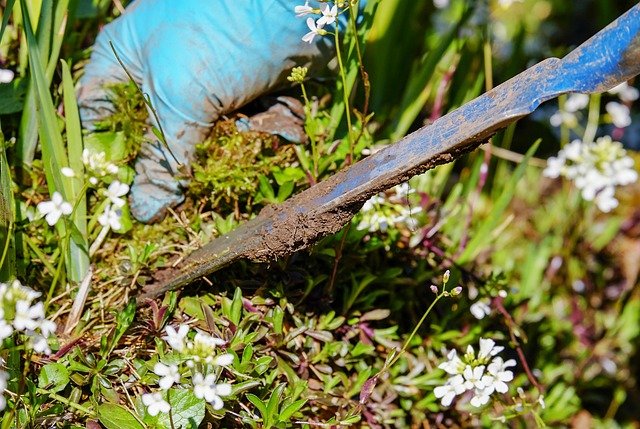Effective Weed Removal Techniques for a Pristine Garden
Maintaining a beautiful garden often involves battling persistent weeds. These unwanted plants can quickly overtake your carefully cultivated space, competing with your desired plants for nutrients, water, and sunlight. Understanding effective weed removal techniques is crucial for keeping your garden thriving and weed-free. Let's explore various methods to tackle this common gardening challenge.

How can manual weed removal techniques be effective?
Manual weed removal is one of the most straightforward and environmentally friendly methods. Hand-pulling weeds is particularly effective for small areas or when dealing with young weeds. Ensure you remove the entire root system to prevent regrowth. For larger weeds or those with deeper roots, using a garden fork or a specialized weeding tool can help loosen the soil and make removal easier. While labor-intensive, manual removal allows for precise targeting of weeds without harming surrounding plants.
What role does mulch play in weed prevention?
Mulch is a powerful ally in the fight against weeds. By applying a layer of organic mulch such as bark chips, straw, or compost around your plants, you create a barrier that inhibits weed growth. Mulch blocks sunlight from reaching weed seeds, preventing germination. Additionally, it helps retain soil moisture and regulate temperature, benefiting your desired plants. For optimal weed prevention, apply a 2-3 inch layer of mulch, being careful not to pile it against plant stems or tree trunks.
Are there effective organic weed control methods?
For gardeners seeking natural solutions, several organic weed control methods can be effective. Vinegar, especially horticultural vinegar with higher acetic acid content, can be sprayed on weeds to dehydrate and kill them. Boiling water poured directly onto weeds can also be lethal, particularly for weeds growing in cracks or paved areas. Corn gluten meal, a natural pre-emergent herbicide, can prevent weed seeds from germinating when applied to soil in early spring.
How can you maintain a weed-free lawn?
A lush, weed-free lawn requires consistent care and maintenance. Regular mowing at the proper height for your grass type helps prevent weed growth by shading the soil and promoting dense turf. Proper watering practices, including deep, infrequent watering, encourage deep root growth in grass, making it more resilient against weed invasion. Overseeding bare or thin areas of your lawn can fill in spaces where weeds might otherwise take hold.
What are some effective commercial weed removal products?
For those seeking commercial solutions, various weed removal products are available on the market. These range from selective herbicides that target specific weed types to non-selective options that kill all vegetation. When choosing a weed removal product, consider factors such as the types of weeds you’re targeting, the area of application, and potential environmental impacts.
| Product Name | Type | Best For | Estimated Cost |
|---|---|---|---|
| Roundup Weed & Grass Killer | Non-selective herbicide | Large areas, tough weeds | $20-$30 per gallon |
| Ortho WeedClear Lawn Weed Killer | Selective herbicide | Lawn weeds | $15-$25 per bottle |
| Preen Garden Weed Preventer | Pre-emergent | Flower beds, gardens | $30-$40 per container |
| Spectracide Weed Stop for Lawns | Selective herbicide | Lawn weeds | $10-$20 per bottle |
| Green Gobbler Vinegar Weed Killer | Organic option | Eco-friendly gardeners | $25-$35 per gallon |
Prices, rates, or cost estimates mentioned in this article are based on the latest available information but may change over time. Independent research is advised before making financial decisions.
Effective weed removal is an ongoing process that requires patience and persistence. By combining various techniques such as manual removal, mulching, and targeted use of weed control products, you can maintain a beautiful, weed-free garden. Remember that prevention is key – regular maintenance and proper plant care can significantly reduce weed problems in the long run. With these strategies in your gardening toolkit, you’ll be well-equipped to keep your outdoor spaces thriving and free from unwanted plant invaders.






